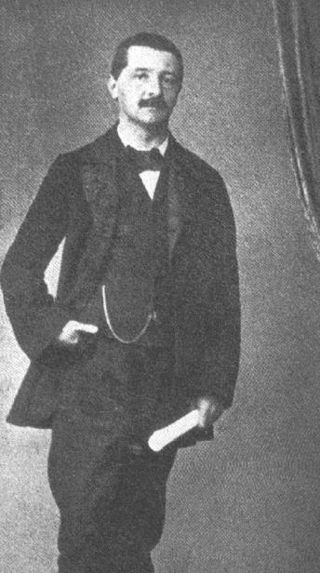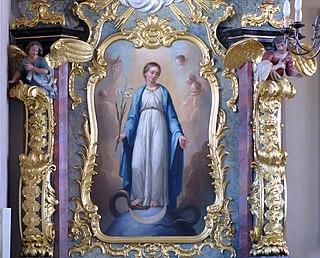
Anton Bruckner's Symphony in F minor, WAB 99, was written in 1863, at the end of his study period in form and orchestration by Otto Kitzler.

The String Quartet in C minor WAB 111, was composed by Anton Bruckner's in 1862 during his tuition by Otto Kitzler.

Bruckner's Psalm 22, WAB 34, is a setting of a German version of Psalm 23, which was psalm 22 in the Vulgata.

Bruckner's Psalm 114, WAB 36, is a psalm setting of verses 1 to 9 of a German version of Psalm 116, which is Psalm 114 in the Vulgata.

Bruckner's Psalm 112, WAB 35, is a psalm setting for eight-part double mixed choir and full orchestra. It is a setting of a German version of Psalm 113, which is Psalm 112 in the Vulgata.

The Four Orchestral Pieces are four short orchestral pieces, which Anton Bruckner composed in the fall of 1862 during his tuition with Otto Kitzler.

Anton Bruckner composed the Overture in G minor, WAB 98 in 1862–63, during his tuition by Otto Kitzler.

The Intermezzo in D minor is an 1879 composition by the Austrian composer Anton Bruckner. Although it was intended to replace the scherzo of the String Quintet, that piece was instead performed in its original form; the Intermezzo was not publicly premiered until after the composer's death.

Virga Jesse, WAB 52, is a motet by the Austrian composer Anton Bruckner. It sets the gradual Virga Jesse floruit for unaccompanied mixed choir.

Afferentur regi, WAB 1, is a motet, which Anton Bruckner composed on 7 November 1861 on the text of the Offertorium of the Missa pro Virgine et Martyre.

Vexilla regis, WAB 51, is the final motet written by the Austrian composer Anton Bruckner.

The Marsch in E-flat major, WAB 116, is a military march composed by Anton Bruckner in 1865.

"Ständchen" ("Serenade"), WAB 84.2, is a Lied composed by Anton Bruckner in c. 1846.
The Kitzler Study Book is an autograph workbook of Anton Bruckner which he wrote taking tuition with the conductor and cellist Otto Kitzler in Linz. Bruckner tried to complete his knowledge in musical form and instrumentation with Kitzler after the end of his studies with Simon Sechter.







